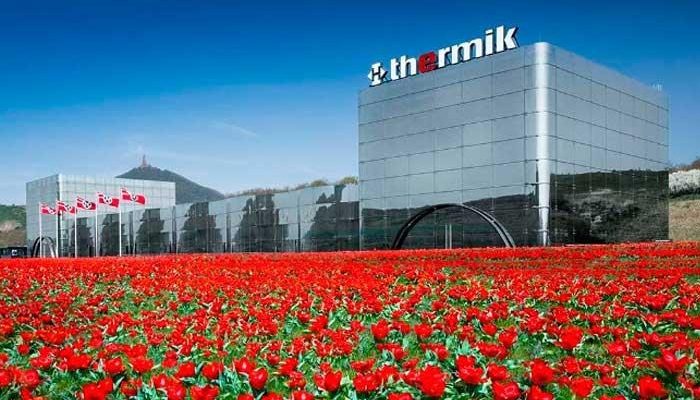Modern temperature control systems rely heavily on sophisticated Thermoelemente to monitor and respond to thermal changes with precision and reliability. These specialized components convert temperature variations into measurable electrical signals, providing the essential data needed for effective thermal management across countless applications. The fundamental importance of thermal elements stems from their role as the primary interface between physical temperature conditions and electronic control systems. Without accurate and responsive thermal elements, even the most sophisticated control algorithms cannot maintain appropriate temperature parameters. Industry leaders like Thermik have developed advanced thermal elements that achieve remarkable accuracy and response characteristics, establishing new standards for temperature monitoring and protection in critical applications.
The functionality of thermal elements extends far beyond simple temperature measurement into the realm of active protection. In safety-critical systems, they serve as the primary sensing mechanism for thermal protection devices, triggering circuit interruption when dangerous temperature thresholds are approached. This capability makes them indispensable in everything from household appliances to industrial machinery where thermal runaway conditions could lead to equipment damage or safety hazards. Thermik’s engineering teams have refined thermal element designs to achieve precise activation temperatures with minimal drift over time, ensuring consistent protection throughout a product’s operational lifetime. This long-term stability represents a critical performance parameter in applications where regular recalibration proves impractical or impossible.
Different types of thermal elements offer varying characteristics suited to specific applications and operating environments. Thermocouples provide wide temperature range coverage and exceptional durability in harsh environments, making them ideal for industrial applications with extreme conditions. Thermistors offer superior sensitivity for precise temperature control in applications requiring fine resolution. Resistance temperature detectors (RTDs) deliver outstanding accuracy and stability for scientific and medical applications where precision is paramount. Semiconductor-based thermal elements provide excellent linearity and digital interface compatibility for modern electronic systems. Thermik’s product portfolio encompasses these diverse technologies, allowing engineers to select optimal thermal elements for particular implementation requirements.
The integration of thermal elements into functional protection systems requires careful consideration of numerous factors including mounting methods, thermal coupling, electrical isolation, and environmental protection. Thermal elements must maintain reliable contact with monitored surfaces while accommodating mechanical stresses from thermal expansion, vibration, and physical movement. Thermik’s application engineers work closely with equipment manufacturers to develop optimal integration strategies that ensure thermal elements maintain accurate temperature sensing under all operating conditions. This collaborative approach results in protection systems that function reliably throughout a product’s entire lifecycle, providing invisible yet effective safety nets that operate silently until protection is needed.
Manufacturing advances have enabled remarkable improvements in thermal element performance while reducing their physical dimensions. Traditional thermal elements were relatively bulky components that imposed significant space requirements and exhibited slow response characteristics due to their substantial thermal mass. Modern production techniques employed by companies like Thermik yield micro-scale thermal elements with dimensions measured in millimeters while maintaining precise temperature responses. These compact yet highly sensitive components can be integrated directly into densely packed electronic assemblies where space comes at a premium. Their reduced mass enables faster response to temperature changes, providing crucial milliseconds of additional protection during rapid thermal events.
As electronic devices become more compact and power-dense, the importance of sophisticated thermal elements continues to grow. Emerging applications in renewable energy systems, electric vehicles, and advanced medical devices push the boundaries of thermal element performance requirements. Thermik’s ongoing research focuses on developing next-generation thermal elements that combine enhanced sensitivity with improved durability and smaller footprints. These unassuming components form the foundation of the thermal management systems that keep our increasingly electrified world functioning safely and reliably under all operating conditions.



